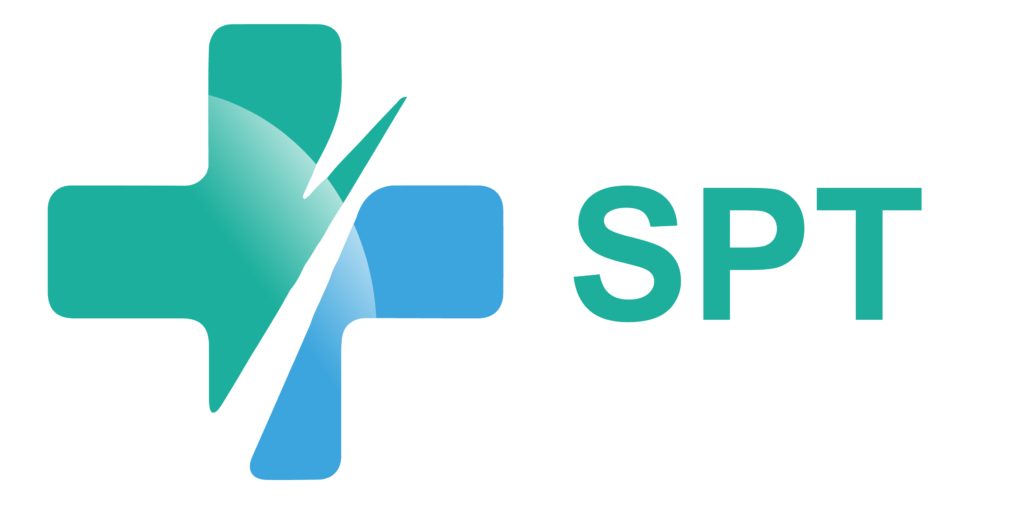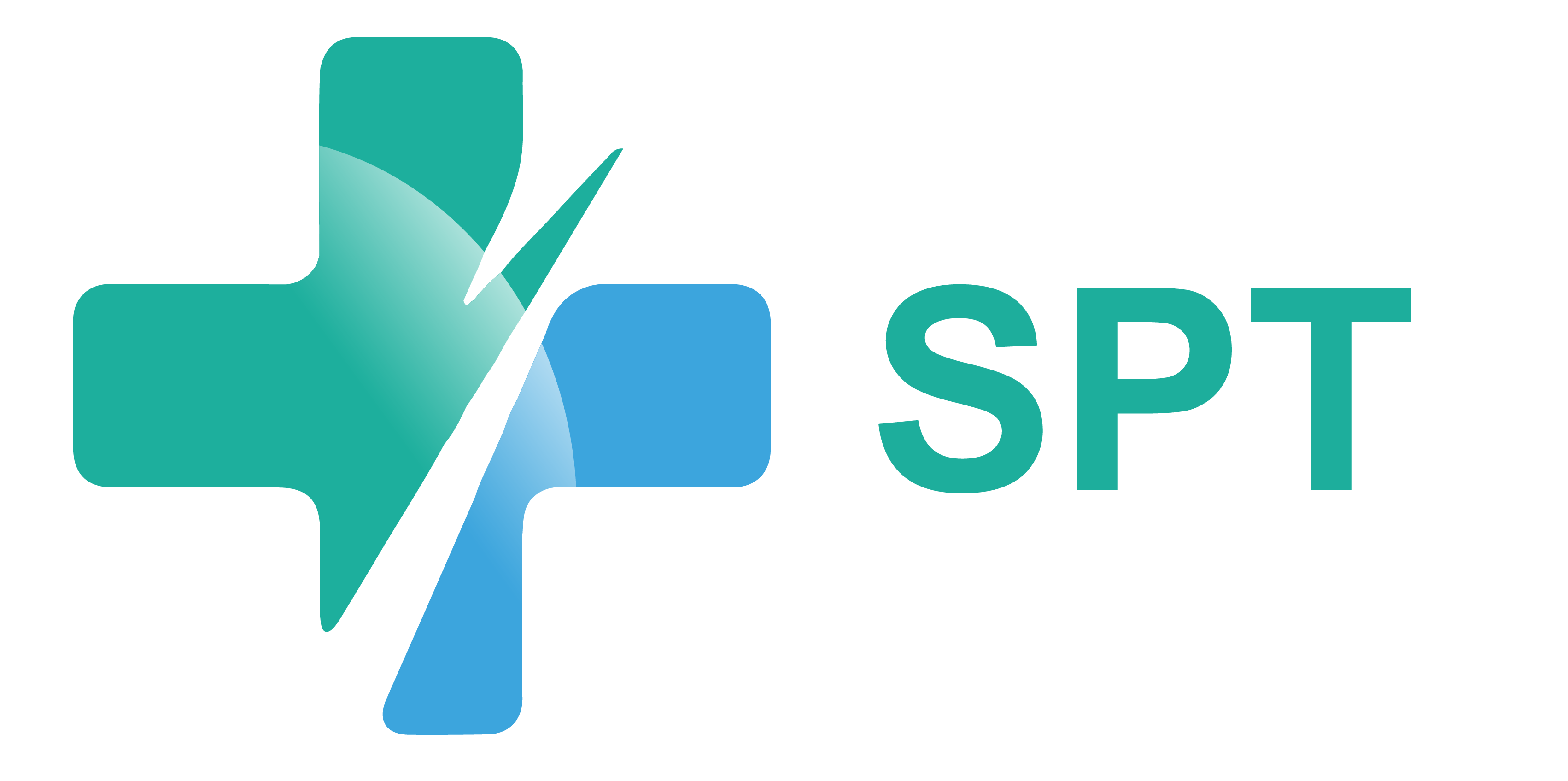In the fast-changing healthcare world, a good cash flow system is the answer to the success of any medical practice. Therefore, one can see that accounts receivable matters a lot to the cash flow of any business. AR serves as the financial statement used by hospitals and other medical businesses to reflect their money collection.
Bad management of the AR process makes the money in the business unstable so that it cannot be invested in other activities effectively. That is why we need an in-house team of knowledgeable medical coders, and we also recognize the importance of regular in-house and external coders’ training. This article features how to improve accounts receivable in medical billing, lower the number of errors for crisp and clear billing, and set a high standard for AR collections.
What Is Accounts Receivable Management?
Accounts receivable management (ARM) is the orderly process of aggregation owed to professional medical services. It interprets a variety of activities, including:
- Insurance verification and pre-authorization: The process of verifying patient insurance coverage and getting those pre-authorizations before service delivery eliminates claim rejections and delays.
- Accurate and timely billing: Timely submission of error-free claims within the time deadlocks to insurance providers results in faster processing and payment.
- Patient communication: Inspiring transparency and quick collections is done through communication with patients regarding their financial obligations, co-pays, and deductibles.
- Follow-up on outstanding accounts: A deliberate follow-up technique for late pay restricts the chances of accounts slipping into the delinquent side.
Helpful for you: Benefits of Outsourcing Accounts Receivable.
How to Improve Accounts Receivable Collection? 8 Essential Tips
1. Establish Clear Patient Communication from the Start
Being sincere with the fees is key. In discussing the fees and the possible patient liability at the appointment stage, plan the exact times. Give them clear, detailed billing statements that reflect the services that are covered, the co-pays, the money that is with the deductible, and any bills at the end. Along with that, consider factoring in multiple ways of making a transaction, such as a patient portal, credit card transactions, and earnest money on installations, in order not to say that patients have the possibility of making assumptions as well as their minds on it.
2. Prioritize Accurate and Timely Billing
Rapid claims processing is possible because of clean and error-free claims. It is important to make investment in a medical billing system that is reliable, easy to use, and designed to streamlining the coding processes. Make sure you scan all documents claiming submissions before you send them off. To get a faster recovery period, completing the documentation on time is a must.
3. Implement a Robust Insurance Verification System
Insurance verification is considered to be one of the basic steps in preventing claim denials that are usually due to the absence of coverage. It is necessary to check the patient’s insurance eligibility and benefits before rendering services. This process includes the examination of copays, deductibles, and pre-authorization requirements applicable to particular procedures. Use the idea of providing online patient portals where patients can check their insurance details and view their statements.
4. Streamline In-Office Patient Payments
Make collection of co-pays, deductibles, and all other patient-responsible accounts at the time of the appointment whenever possible. It is better to reduce the reserve of money on the account to avoid outstanding balances later. In terms of convenient payment, suggest payment options such as credit cards, debit cards, and contactless payment methods available to hurry up this process of collecting payment at the office.
5. Develop a Structured Follow-Up System for Outstanding Accounts
Take advantage of outstanding accounts as soon as you can. You also need a reliable system for following up on past-due payments. Begin with friendly phone calls, emails, or patient portal notifications to remind patients of their outstanding balances. For persistently delinquent accounts, escalating communication is suggested. However, all collections must be HIPAA-compliant.
6. Leverage Technology for Improved Efficiency
When it comes to modern medical billing software, is a very useful tool that can serve to streamline AR management by using a variety of features. For example, there are resources such as electronic remittances and other ERA data for efficient payment posting along with real-time reporting which ultimately improves AR performance monitoring. By using automated claim scrubbing, learners can assist the patient with finding and correcting the claims errors, medical bills, and formal letters in cases like prescriptions, treatments, and exams to patients.
7. Invest in Staff Training
When it comes to billing staff, attend recurrent training sessions, so they are consistently on top of the curve of the new coding rules, medical insurance rules, and the latest best practices in AR management. To foster talent, there are reputable organizations such as the American Medical Billing Association (AMBA) or the Professional Association of Health Care Office Management (PAHCOM) that can develop competencies.
8. Consider Outsourcing AR Management
For small hospitals or those struggling with high numbers of denial accounts, outsourcing AR management will be a strategic move. Established medical billing ERP software vendors have a solution to handle, among others, payments, denials, and AR follow-up. This allows your medical staff to work solely on patient care which guarantees a solid financial picture.
Why You Should Outsource AR Management?
- Increased Efficiency: Top-notch medical billing companies that have streamlined processes and staff that tailored staff members handle to let your in-home employees focus on patient care while they are concerned with everything related to claim submission, denial management, and follow-up.
- Reduced Errors: Providers who are mainly involved in coding and claim submission can coordinate coding with the insurer and this may reduce potential errors.
- Improved Cash Flow: Nothing is loved by medical professionals better than collection efforts and the ar cycle that is fast moving and cash flow which has been improved.
- Cost Savings: Outsourcing might be more cost-saving as opposed to recruiting and training full-time employees, namely in smaller medical establishments.
Conclusion
Effective pointers to enhance your medical practice’s receivable accounts are crucial for a healthy financial life ahead. You will be able to make your billing process more streamlined, reduce the number of mistakes, and raise your AR collection rate. Please note, that effective and persistent monitoring of your AR performance is key, and always try to make your revenue cycle more efficient for consistent financial success.
FAQs
Why Is the Correct Accounts Receivable Management Key?
With sufficient accounts receivable management, a positive contribution can be made to the company’s financial stability, ensuring that a company receives payment for the goods or services it supplies in a timelier fashion. Accounts receivable management incorporates several business components: creating invoices, accounts reconciliation, credit policies, and recording time.
How Can You Improve Accounts Receivable Processes?
Improving accounts receivable processes involves implementing various strategies such as:
- Establishing clear credit policies for customers.
- Sending out invoices promptly and accurately.
- Offering incentives for early payment.
- Regularly monitoring and following up on outstanding invoices.
- Streamlining billing and collection procedures.
- Utilizing automation and technology to expedite processes.
- Conducting regular reviews to identify areas for improvement.
What Percentage of Accounts Receivable Should Be Over 90 Days?
Undoubtedly, the one-size-fits-all answer is not there for this conundrum as the perfect percentage of accounts receivable over a duration of 90 days, might vary according to the type of business and potential clients as well as considering cost-effective business practices. Nevertheless, a high amount of accounts receivable over 90 days could identify a company that has a cash flow problem maybe due to the difficulty of collecting payment from its customers. Mostly, businesses are focusing on keeping this number at the lowest as possible which is 10% or 15% of the entire number of receivables.
What Is the Difference Between Accounts Receivables & Collections?
A company’s accounts receivable is the money that clients owe to the company for the goods or services that were delivered to them on credit. It is a list of all the invoices that have not been collected yet. When collections are performed, the goal is to collect that money through processing reminders and emails, and negotiation of payment terms that allow for timely collections. More specifically, accounts receivable serve as the alleged amount, whilst the process of collections is the recovery process associated with these allegorical demands.





